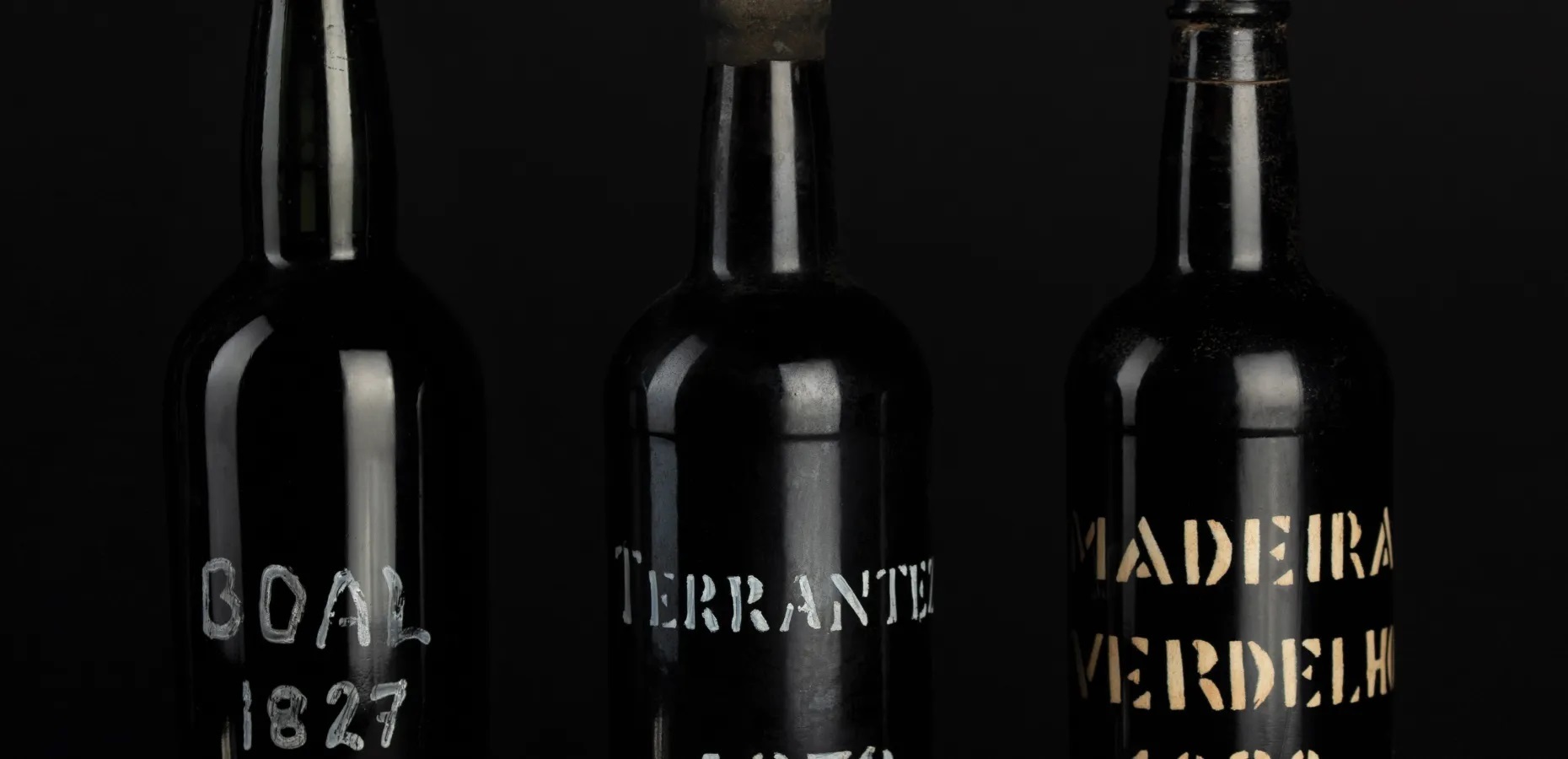
Navigating the Wine Auction Catalog: Fill Levels & Ullage
In this installment of Navigating the Wine Auction Catalog, we take a look at fill levels, a key feature of any condition note section for bottles over a certain age.
What is Ullage?
Ullage: it’s just a fancy word for how full a bottle is, or more accurately, the amount by which it falls short of being completely full.
It’s an important indicator of how the wine is going to show, particularly with older bottles (current vintage wines should have no, or negligible ullage). Naturally, cork closures are not 100% airtight, so a certain level of evaporation is inevitable, and as a wine matures, the ullage will increase. At the time of writing, Zachys provides a fill level for all bottles older than and including the 1990 vintage—an admittedly arbitrary date, but we did put some thought behind it. Really, any wine younger than 1990 shouldn’t have much ullage at all.
How Ullage is Noted in a Catalog?
Zachys measures fill levels in two distinct styles, depending on the shape of the bottle, and they’re listed in the back of the catalog like so:

Champagne and other sparkling bottles have a more curved shoulder as well, but typically include longer foil capsules than their still counterparts. These measurements are taken in centimeters from the liquid to the bottom of the foil.
What does it all Mean?
Now the question becomes: What does it all matter, to you, the consumer? Should you swear off “upper shoulder” bottles entirely? Are you an “into neck only” collector?
To us, it’s not as simple as that. The level of the wine in the bottle is one indicator of quality of an old wine, but not the only one, and it should be taken as such. In other words, does a mid-shoulder level mean that a bottle of wine has oxidized over the past 20 years? No, but it’s more likely it has oxidized than an into neck bottle. Conversely, will an into neck bottle always be perfect? Of course not—this is a 20 year old food product, after all.
Taking fill levels into account is about mitigating risk, and the calculation should be made with other factors in mind. So, for example, you may risk a slightly lower fill if the provenance is perfect, and the bottle is in a price range where you’re comfortable. However, if you’re looking to save the bottle for another 20 years, and then perhaps resell it, then maybe only the best of the best is for you.
You should also look for consistency. Since wine ages in consistent conditions (i.e. the cellar’s conditions). It’s a good sign when all the fill levels in a full case or six bottle lot are similar – even if that particular level is not perfect – as it indicates the bottles are aging at the same rate, and a less-than-ideal fill might just be the result of the initial bottling level. However, if you see a full case with 11 bottles at “bottom neck or better”, and one bottle is “upper shoulder,” that may be a sign that something is off with that rogue bottle.
It’s also important to keep in mind that some producers, like Domaine Leroy in Burgundy or Guigal in the Rhone for example, tend to fill their bottles higher during their initial bottling compared to some others. It’s rare to see a bottle of Leroy without some “overfill seepage.” So in addition to the vintage, the producer in question should also be taken into account when determining your comfort level with a bottle’s ullage.
In sum—ullage is too often taken as a deciding factor when buying a wine. But any serious wine drinker will have anecdotes where they popped a 50 year old, mid-shoulder bottle of wine and the result was fantastic. So, like all things wine, ullage should be considered one arrow in your assessing quiver, nothing more!
For further questions regarding fill levels and ullage, shoot us a comment or email. And if you’d like to take a look at what’s up for auction now and those conditions, head on over here.